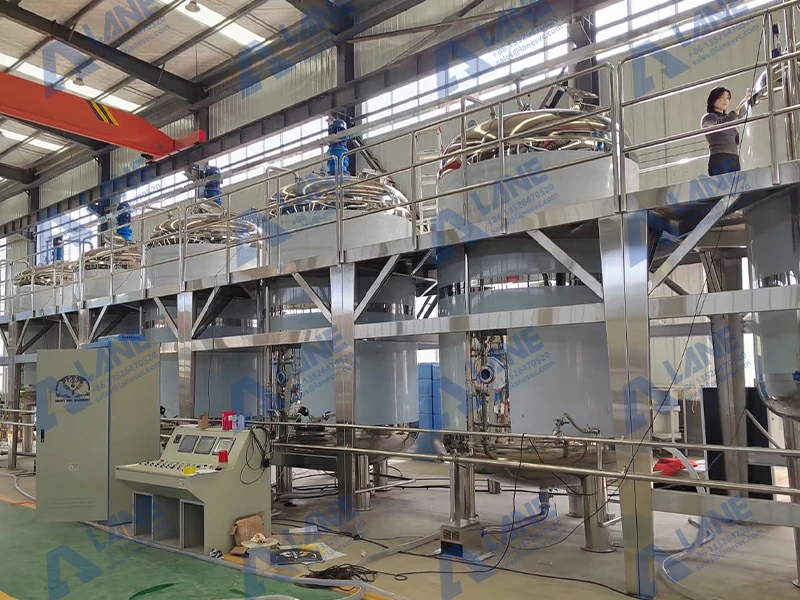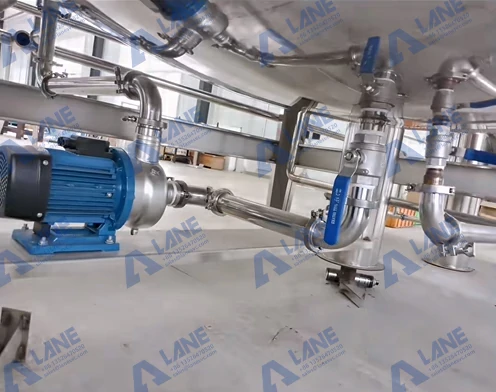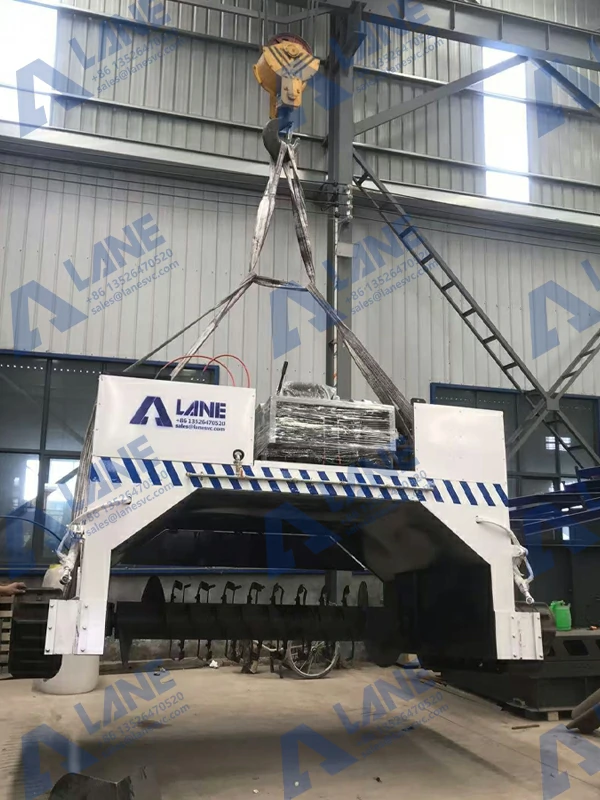author: Zero Shen
from: LANE Machinery Groups
In today’s era of thriving organic agriculture and sustainable farming, fertilizer choice plays a pivotal role in crop quality and soil health. While bio-organic fertilizer and ordinary organic fertilizer may sound similar, they differ significantly in production processes, functional components, and ecological impacts. This article explores these differences, focusing on the unique role of the bio-organic fertilizer production line, and explains why bio-organic fertilizer is becoming the “gold standard” in modern agriculture.

Ordinary Organic Fertilizer
Made primarily through composting organic waste (e.g., animal manure, crop residues, food scraps), its core function is to provide organic matter and basic nutrients (N-P-K) while improving soil structure. The production process is relatively simple, involving pre-treatment, composting, crushing, granulation, and drying.
Bio-Organic Fertilizer
Bio-organic fertilizer enhances ordinary organic fertilizer by adding functional microbial agents (e.g., nitrogen-fixing bacteria, phosphate-solubilizing bacteria, antifungal fungi). These microbes activate soil nutrients, suppress pathogens, and boost root development. Its production requires advanced steps like microbial cultivation and strain mixing, demanding more sophisticated equipment and expertise.

Raw Material Processing: Collect and mix manure/crop waste.
Composting: Aerobic decomposition (15–30 days).
Crushing & Screening: Remove impurities, ensure uniformity.
Granulation & Drying: Form pellets and dehydrate.
Packaging & Storage: Seal to prevent moisture.
Microbial Strain Cultivation:
Requires microbial fermentation tanks to propagate high-activity strains (e.g., Bacillus subtilis, Trichoderma) under sterile conditions.
Strain Integration:
Microbial agents are blended into compost during mid-fermentation or pre-granulation to ensure viability.
Low-Temperature Drying:
Uses dryers operating ≤50°C to avoid killing microbes.
Coating Technology:
Some processes apply protective coatings to extend microbial shelf life.
Key Equipment Differences:
Bio-organic fertilizer production lines require additional systems: microbial fermentation units, strain sprayers, low-temperature dryers, and sterile packaging lines.

| Criteria | Ordinary Organic Fertilizer | Bio-Organic Fertilizer |
|---|---|---|
| Core Components | Organic matter + basic nutrients | Organic matter + nutrients + microbes |
| Soil Health | Improves organic content, reduces compaction | Restores microbial balance, reduces soil-borne diseases |
| Nutrient Efficiency | Slow release, prone to leaching | Microbes unlock fixed nutrients, boosting uptake |
| Disease Resistance | None | Suppresses pathogens (e.g., root rot, nematodes) |
| Sustainability | Reduces chemical fertilizer use | Minimizes agrochemical dependency, cuts pollution |
| Market Price | Lower ($80–$150/ton) | Higher ($200–$400/ton) |
Policy Incentives:
Governments worldwide subsidize bio-fertilizers (e.g., China’s “Organic Fertilizer Replacement Initiative”), driving demand.
High Profit Margins:
Bio-organic fertilizers command premium prices, with profits 2x higher than ordinary organic options.
Sustainability Alignment:
Supports carbon neutrality goals and enhances corporate ESG ratings.
Case Study:
An African company invested in a 20,000-ton/year bio-organic fertilizer line. Certified organic products sold at $350/ton yielded $1.2M+ annual profit—60% higher than ordinary fertilizers.

Feedstock Compatibility:
Use local resources (e.g., poultry manure, mushroom residues) paired with targeted microbial strains.
Process Design:
Small-scale: Semi-automated “trough composting + drum granulation + strain coating.”
Large-scale: Integrated smart fermentation, microbial labs, and automated packaging.
Strain Selection:
Collaborate with research institutes to identify microbes suited to regional crops and soils.
Low Microbial Survival → Optimize fermentation (pH, temperature) and add protective agents.
High Costs → Utilize agro-waste for raw materials and apply for green subsidies.
Market Skepticism → Conduct field trials to demonstrate yield improvements.

A bio-organic fertilizer production line represents not just a technological leap but a shift from “chemical-dependent” to “eco-symbiotic” agriculture. By harnessing microbial synergies, bio-organic fertilizers enhance soil health, crop quality, and profitability. As the global organic agriculture market grows (projected to reach $28B by 2028), investing in bio-organic fertilizer production lines will position agribusinesses at the forefront of sustainable farming.